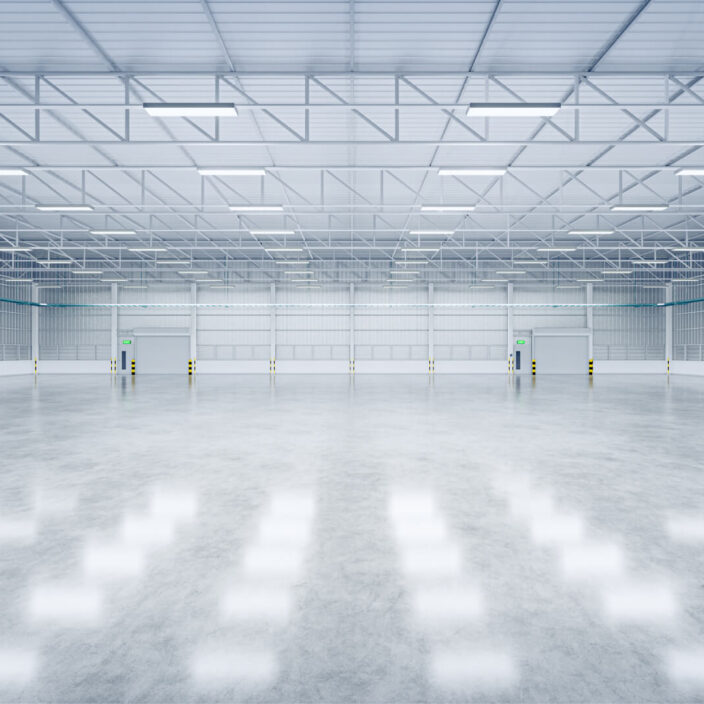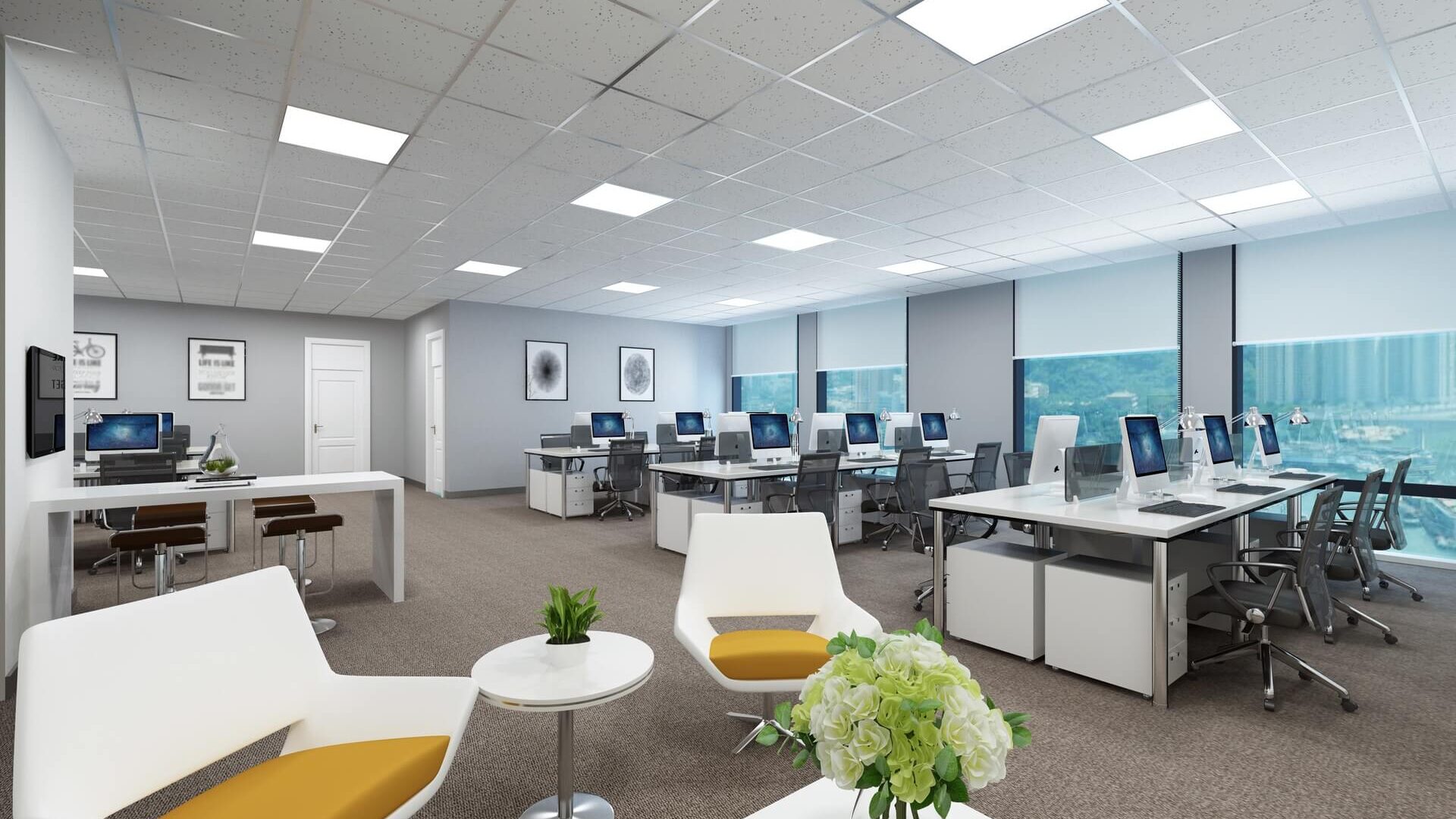The Bright Advantages of Commercial LED Lighting
Switching to commercial LED lighting offers numerous benefits for businesses of all sizes:
- Significant Energy Savings: LED lights consume up to 75% less energy than traditional lighting, dramatically reducing your electricity bills.
- Extended Lifespan: With a lifespan of up to 50,000 hours, LED lights outlast conventional bulbs by years, minimising replacement costs.
- Enhanced Light Quality: LED lighting provides superior colour rendering and uniform illumination, creating a more productive and comfortable environment.
- Reduced Maintenance: The longevity of LED lights means less frequent replacements and lower maintenance costs.
- Environmentally Friendly: Lower energy consumption translates to reduced carbon emissions, helping your business meet sustainability goals.


Expert Commercial LED Lighting Installers at Your Service
Our team of skilled commercial LED lighting installers ensures a smooth transition to your new lighting system. Our comprehensive service includes:
- Detailed Lighting Assessment: We evaluate your current setup and energy use to identify the most effective LED solutions.
- Custom Design: Our experts create a bespoke lighting plan tailored to your space and specific requirements.
- Professional Installation: Our certified installers efficiently set up your new LED system with minimal disruption to your operations.
- Ongoing Support: We provide maintenance and support to keep your lighting system performing optimally.

Tailored Commercial LED Lighting Solutions for Every Industry
We understand that lighting needs vary across different sectors. Our team designs and installs custom LED lighting solutions for a wide range of commercial environments, including:
- Retail Spaces: Enhance product displays and create an inviting atmosphere for customers.
- Offices: Improve employee productivity and well-being with balanced, glare-free lighting.
- Warehouses: Ensure safety and efficiency with uniform, high-quality illumination.
- Healthcare Facilities: Provide comforting, adjustable lighting for patients and staff.
- Educational Institutions: Create an optimal learning environment with energy-efficient lighting.
The Financial and Environmental Impact of LED Lighting
Investing in commercial LED lighting is not just a cost-saving measure; it’s a step towards a more sustainable future. By significantly reducing energy consumption and carbon emissions, your business can:
- Lower operational costs
- Enhance your green credentials
- Attract environmentally conscious customers and partners
- Comply with energy efficiency regulations
Frequently Asked Questions
Savings vary, but businesses typically see a 60-75% reduction in lighting-related energy costs.
Yes, LED lighting can be customised for virtually any commercial environment, from offices to industrial facilities.
The duration depends on the project scope, but most installations are completed within a few days to a week.
Unlike fluorescent lights, LEDs don’t contain hazardous materials, making disposal easier and more environmentally friendly.
Choose Airis Energy Solutions UK for Your Commercial LED Lighting Needs
As your trusted commercial LED lighting installers, Airis Energy Solutions UK is committed to helping businesses achieve significant energy savings while improving their lighting quality. Our expertise, coupled with top-quality LED products, ensures you get the most out of your lighting investment.
Ready to illuminate your business more efficiently? Contact us today for a free consultation and lighting assessment. Let’s brighten your future together.
Additional Services
Commercial Solar Panels
Harness the power of the sun to reduce your energy costs and carbon footprint. Our commercial solar panel installations are tailored to your business needs, providing clean, renewable energy for years to come.

Commercial EV Charging
Future-proof your business with our advanced EV charging solutions, supporting the growing demand for electric vehicles among employees and customers.

Commercial Energy Monitoring
Optimise energy use with our intelligent monitoring systems, providing real-time insights and data to help you make informed decisions about your energy consumption.

Get in touch
If you wish to talk us directly, you can find our details here. Please note our phones are only answered during standard office hours.
Phone:
01253 283050
Email:
info@airisuk.com
Address:
Unit 2, Peal House, Poulton Industrial Estate, Cocker Avenue, Poulton-le-Fylde, Lancashire, FY6 8JU


